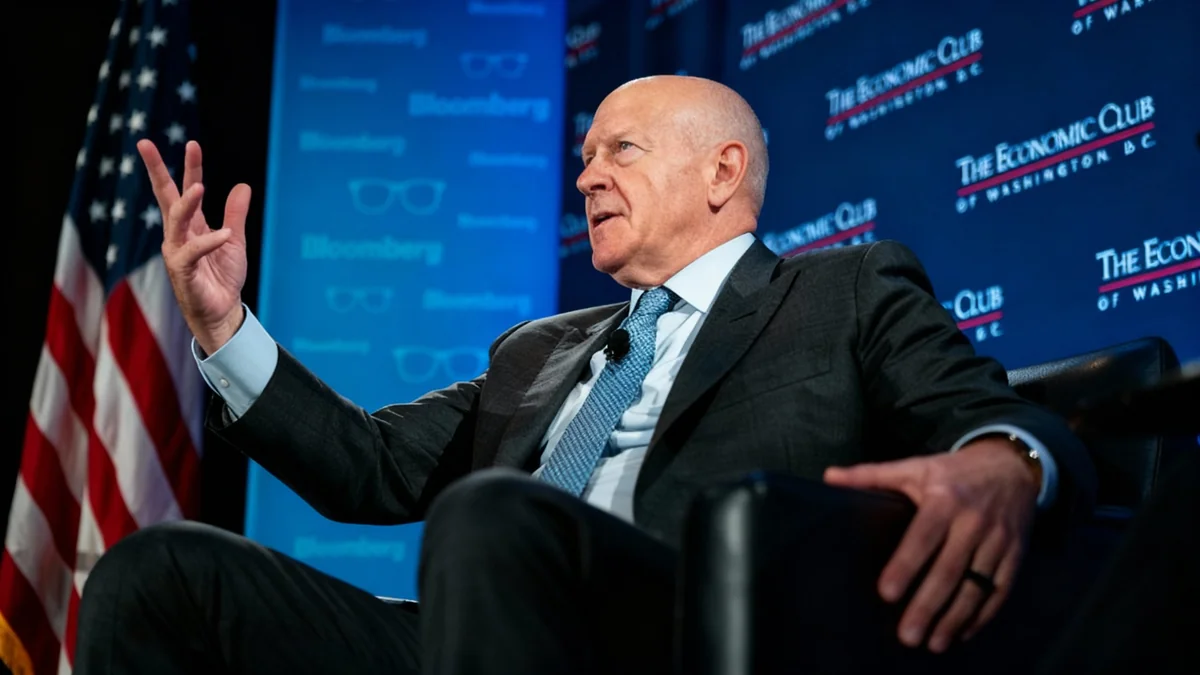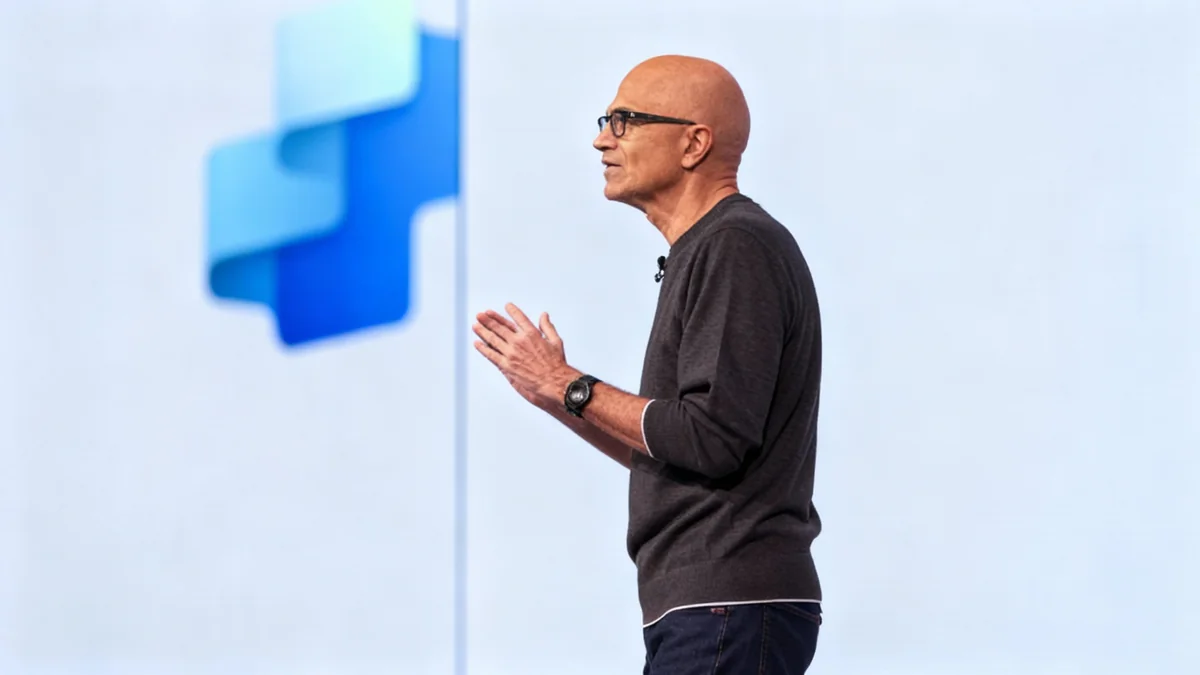Predictions of widespread job displacement due to artificial intelligence are facing increased scrutiny, with new data suggesting the technology's economic returns are limited and its business model is unsustainable. While some insiders warn of a future "permanent underclass," historical precedents and recent studies highlight significant challenges to AI's widespread adoption.
Key Takeaways
- Prominent tech figures predict AI could surpass human capacity by 2027, potentially creating a permanent underclass of displaced workers.
- Historical examples, such as Japanese auto workers in the 1970s and the Writers Guild of America in 2023, show that organized labor has successfully negotiated terms around automation.
- Significant financial concerns are emerging, including warnings of an AI stock bubble from the Bank of England and investor surveys.
- Multiple studies from institutions like MIT and Carnegie Mellon University reveal that AI initiatives often fail to deliver a positive return on investment and struggle with basic tasks.
The Specter of Mass Unemployment
The conversation around AI's impact on the workforce has been shaped by stark warnings from within the tech industry itself. Leopold Aschenbrenner, a researcher formerly with OpenAI, projected that AI will “reach or exceed human capacity” as early as 2027.
This rapid advancement, he claims, could lead to the formation of a “permanent underclass” composed of individuals whose jobs have been rendered obsolete. This sentiment is echoed by others in the field.
Nate Soares, co-author of a critique on AI development, has advised that “people should not be banking on work in the long term.” The potential disruption spans numerous white-collar professions, including roles like math tutors, cinematographers, brand strategists, and journalists.
Historical Parallels in Automation
The fear of technology-driven unemployment is not new. The Industrial Revolution displaced agrarian workers, and subsequent innovations like electrification, computers, and robotics have transformed entire sectors. Each wave of technology has forced a societal and economic realignment, a pattern many believe is now repeating with AI.
Labor Responses to Technological Shifts
History provides examples of how organized labor has navigated technological disruption. By engaging directly with automation, unions have often secured protections for workers and helped shape the implementation of new technologies.
Lessons from Past Industries
In the 1970s, as automation began to transform the Japanese carmaking industry, unions successfully negotiated for “cooperative modernization.” This framework included guarantees of job security and commitments to lifelong retraining programs for affected employees.
Similarly, in the 1980s, Australian nurses faced efforts to reduce their professional status due to new technologies. Through collective bargaining, they secured agreements for tertiary training, which enhanced their skills, improved productivity, and ultimately elevated their professional standing.
Modern Labor Actions
This trend continues today. The 2023 Writers Guild of America (WGA) strike directly addressed the threat of generative AI. The resulting agreement established several key protections:
- AI cannot be used to write or rewrite literary material.
- AI-generated content cannot be considered source material.
- Writers can choose to use AI as a tool if company policy permits, but cannot be required to do so.
These historical and contemporary examples demonstrate that the integration of new technology is not inevitable but is instead a process that can be negotiated and shaped by collective action.
Questioning AI's Economic Foundation
Despite the hype surrounding AI, significant questions are emerging about its financial sustainability and practical effectiveness. The narrative of inevitable AI dominance is being challenged by economic realities and performance data.
The High Cost of AI Infrastructure
AI data centers require enormous investments in energy and water. Furthermore, Harris Kupperman of hedge fund Praetorian Capital estimates the physical hardware in these centers may depreciate in as little as three years, creating a difficult financial equation for long-term profitability.
Investor confidence is also showing signs of wavering. A recent Bank of America survey revealed that a majority of respondents are concerned that AI stocks are in a bubble. The Bank of England has amplified these fears, warning of a potential “sudden correction” in global markets due to the soaring valuations of AI-related companies.
"No one understands how the financial math is supposed to work," an analyst noted in a report by Futurism, highlighting the uncertainty surrounding the long-term business models for large-scale AI.
Performance and ROI Underwhelm Businesses
Beyond financial speculation, the actual performance of AI in corporate settings is falling short of expectations. Several academic and industry studies have found that the technology often fails to deliver meaningful returns.
Research from MIT indicated that 95% of corporate clients testing AI initiatives found zero or negligible return on their investment. This suggests a major gap between the technology's potential and its current capabilities.
A separate paper from Carnegie Mellon University found that AI agents failed to complete basic office tasks approximately 70% of the time. This high failure rate complicates the argument that AI is ready to replace human workers in complex roles.
The consequences of premature adoption are also becoming clear. According to a report from TechRepublic, 55% of companies that laid off workers to replace them with automation now regret the decision. Further analysis by the firm Orgvue found that for every $1 companies saved through AI-related layoffs, they incurred costs of $1.27 due to issues like rehiring, productivity loss, and system maintenance.
These findings suggest that while AI holds promise as a tool, its current ability to autonomously replace human labor and generate consistent economic value remains a significant challenge.





